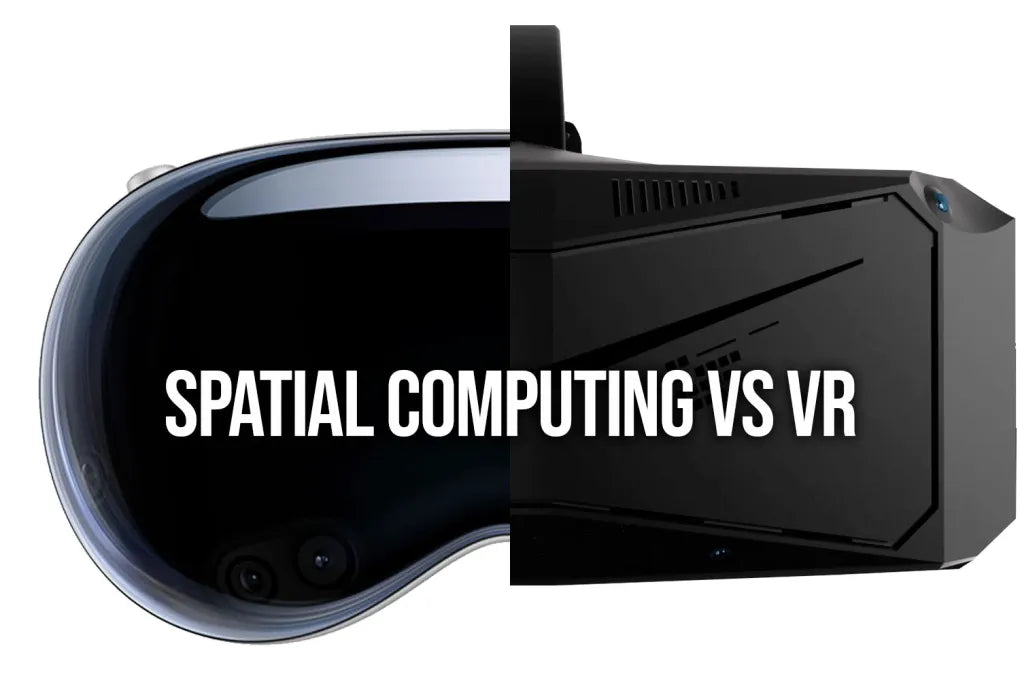Spatial Computing was introduced in the 1980s, but made popular by Apple’s announcement of the Apple Vision Pro in 2023. Spatial Computing has its own Wikipedia page now, as has Virtual Reality. In many contexts, they’re the same (or similar to Augmented Reality (AR), Mixed Reality (MR) or Extended Reality (XR)) — in other contexts, they’re distinctly different.
What’s the difference?
Spatial computing and virtual reality (VR) are related concepts but refer to different technologies and experiences.
Spatial Computing:
Definition: Spatial computing refers to the use of computer technology to interact with the physical world in three dimensions.
Key Features: It involves the understanding and processing of spatial information, allowing computers to interpret and interact with the physical environment. Spatial computing often utilizes technologies such as sensors, cameras, and other input devices to capture and analyze spatial data. It aims to create immersive and interactive experiences by integrating digital information seamlessly into the real-world environment.
Virtual Reality (VR):
Definition: VR is a specific type of technology that immerses users in a computer-generated environment, typically through the use of a head-mounted display and other sensory inputs.
Key Features: VR creates a completely virtual world that users can perceive and interact with as if it were real. It often involves the use of 3D graphics, sound, and sometimes haptic feedback to enhance the immersive experience. VR is commonly used in gaming, simulations, and training applications, offering users a sense of presence in a computer-generated environment.
Spatial computing is a broad term that encompasses technologies that allow us to interact with digital information in the real world. This includes augmented reality (AR), mixed reality (MR), and virtual reality (VR). Think of it as a way to bridge the gap between the physical and digital worlds.
Virtual reality, on the other hand, is a specific type of spatial computing that creates a completely immersive experience. When you put on a VR headset, you’re transported to a simulated environment that can be anything from a fantasy world to a realistic replica of your living room.
Here’s an analogy to help you understand the difference:
- – Think of spatial computing as a pair of glasses that allows you to see the world with an extra layer of information.
- – Think of virtual reality as a blindfold that takes you to a completely different world.








